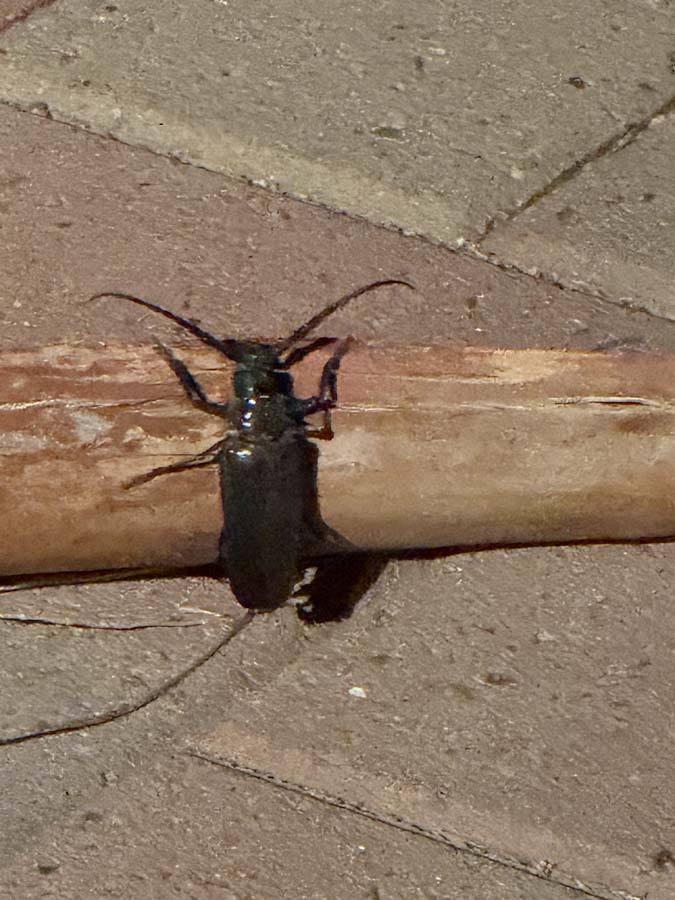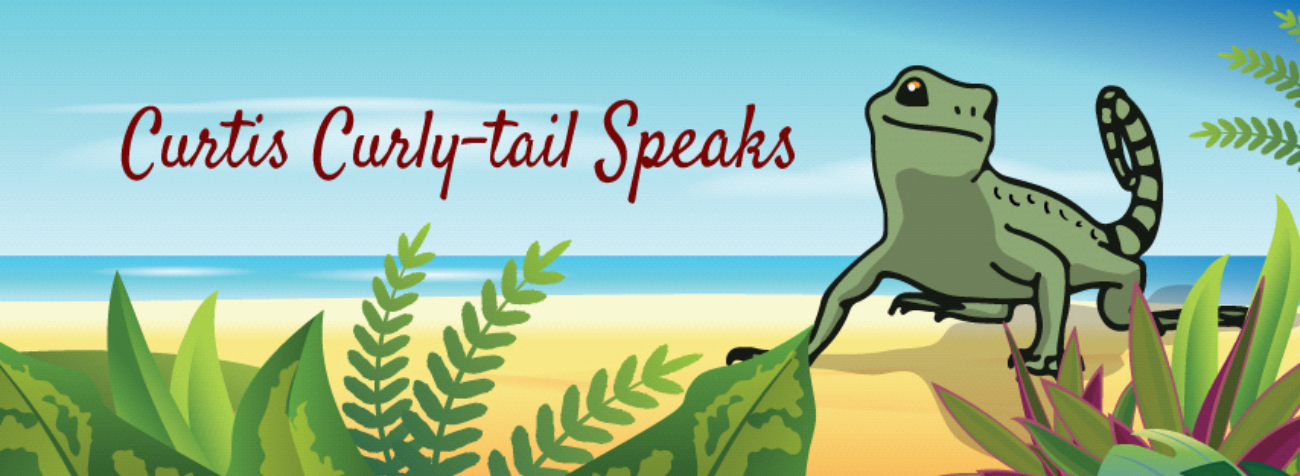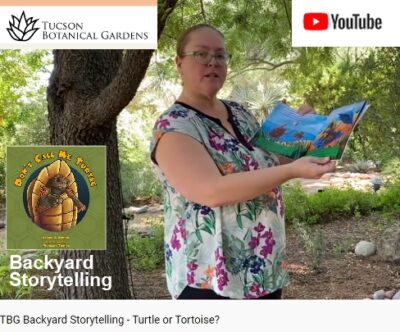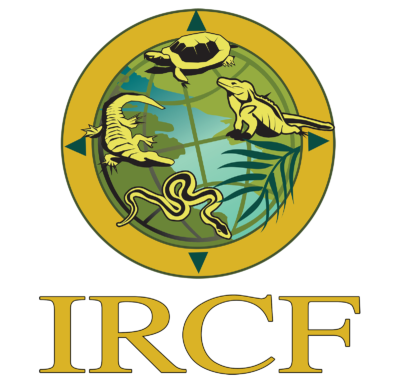Giant Visitors of the Sonoran Night: Unmasking the Palo Verde Beetle
The Sonoran Desert is a land of wonder, and as the monsoon season descends upon Tucson, it brings with it some fascinating, albeit sometimes startling, visitors! Just last night (June 23rd), as I accompanied my trusty canine companion, Max (who, being “snack-sized,” always needs supervision from our local wildlife), I heard it—a distinctive, buzzing rattle nearby. And there it was, on a fallen palm branch: the very first palo verde beetle of 2025!

From Startle to Spark: Meeting a Desert Giant
For many, a first encounter with a palo verde beetle can be startling, even a little scary. But trust me, that initial shock quickly gives way to curiosity and intrigue! While it might remind you of a cockroach, think of it as a much larger, more “macho” version, with incredibly noisy wings that announce its presence.
This magnificent creature, scientifically known as Derobrachus hovorei, was actually reclassified in 2007. For a century prior, it was often mistaken for a similar species, Derobrachus geminatus. I’m rather pleased the species got its correct name just before I moved to Tucson – perfect timing for my introduction to this desert dweller!
The Longhorn Legacy: A Life Underground and in the Air
As a “longhorn beetle,” named for its impressive antennae, the palo verde beetle is one of the largest beetles in North America, reaching up to three and a half inches long! Despite its considerable size, its flight can be a bit clumsy and loud. You might even hear a characteristic “thump” when one accidentally bumps into your house!
The life of a palo verde beetle begins humbly underground. As a grub, it can live for up to three years, growing to a considerable three to four inches in length by feasting on the roots of trees, most notably the palo verde – hence its common name! When they finally reach adulthood, these robust beetles emerge from surprisingly large holes in the ground, timed perfectly with the summer monsoon season. Their primary mission? To find a mate and lay eggs in the soil around their host trees, continuing the cycle of life.
A Brief but Beautiful Life: Treasuring Our Endemic Insects
Despite their imposing appearance, adult palo verde beetles have a remarkably short lifespan, only living for about one month! I always think they’re around all summer, but they truly do “live fast, die young.”
For those of us fortunate enough to live in the Sonoran Desert, these unique insects are something to be treasured. Derobrachus hovorei is an endemic species, meaning it’s found only in the Tucson and Phoenix areas. Knowing about their limited distribution and incredibly brief adult lives makes every sighting a special moment. I encourage you to linger a while with these fascinating visitors and appreciate their role in our vibrant desert ecosystem.
Want to learn more about the incredible creatures of the Sonoran Desert? Explore my “Don’t” series of books, including “Don’t Make Me Rattle,” and discover the amazing biodiversity right in our backyard!
To learn about our latest science-based children’s books and workbooks, to read our latest blog posts about reptiles, birds, cats, and gardening, in a variety of locations, and about how the books come to be, what inspires an author to write, and many more interesting aspects of the publishing business, fill in the box below and we will add you to our email list.
Thank you!



